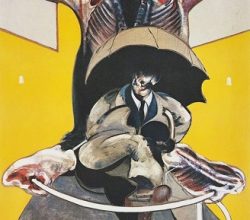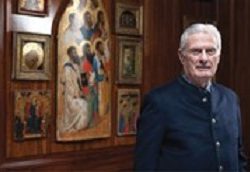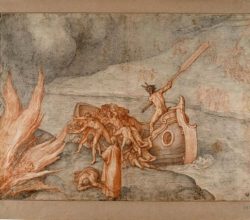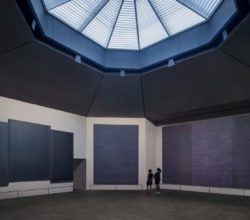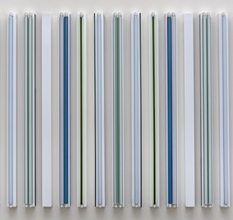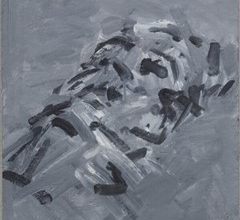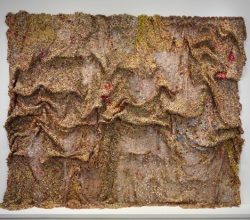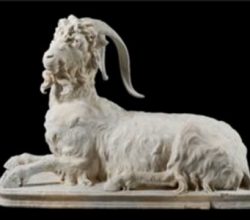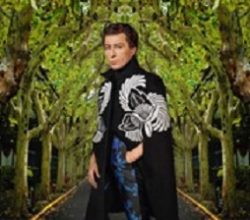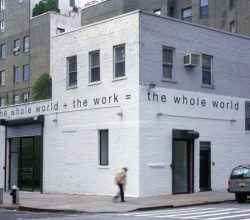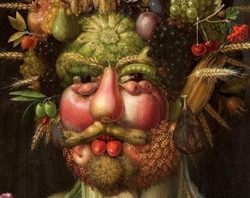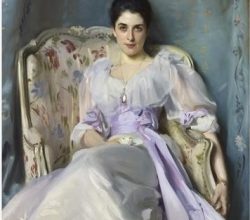
The Empathy of John Singer Sargent’s Portraits
Morgan Meis | The-Easel | 2nd February 2021
John Singer Sargent’s portraits are in the grand style and brought fame during his lifetime. Since then, critics have taken to calling him names; “staid”, or “a society flatterer”. That’s a superficial reading, suggests Contributing Editor Morgan Meis. Sargent was “neither of the avant-garde nor of the conservative reaction”.
One painting “seems to rise above its clichés, to brush them aside in the service of something greater. He lets each sitter create their own tragedy, their own farce. He lets them reveal the image they have of themselves, and then he lets that image waver and falter. The end result is not ridicule but compassion. Sargent’s genius was to reveal the fragility of these moments of person-being without completely dissolving the necessary illusions.”

